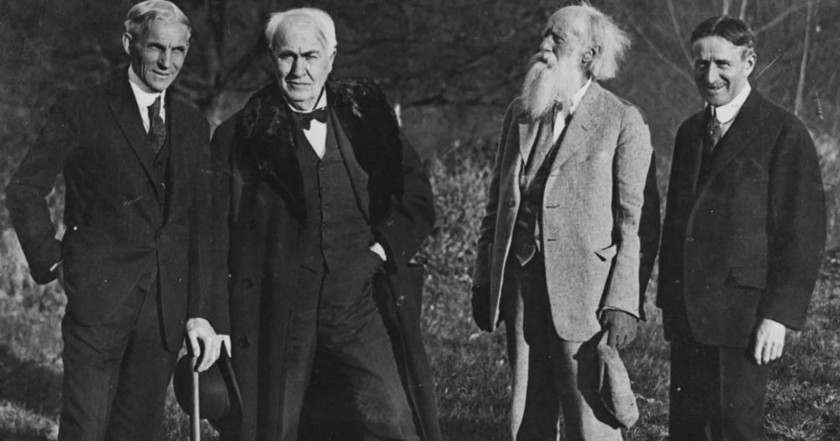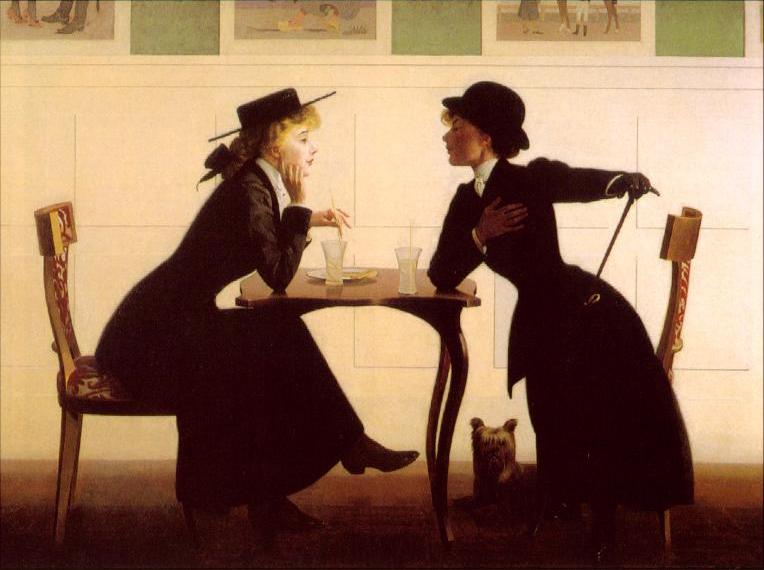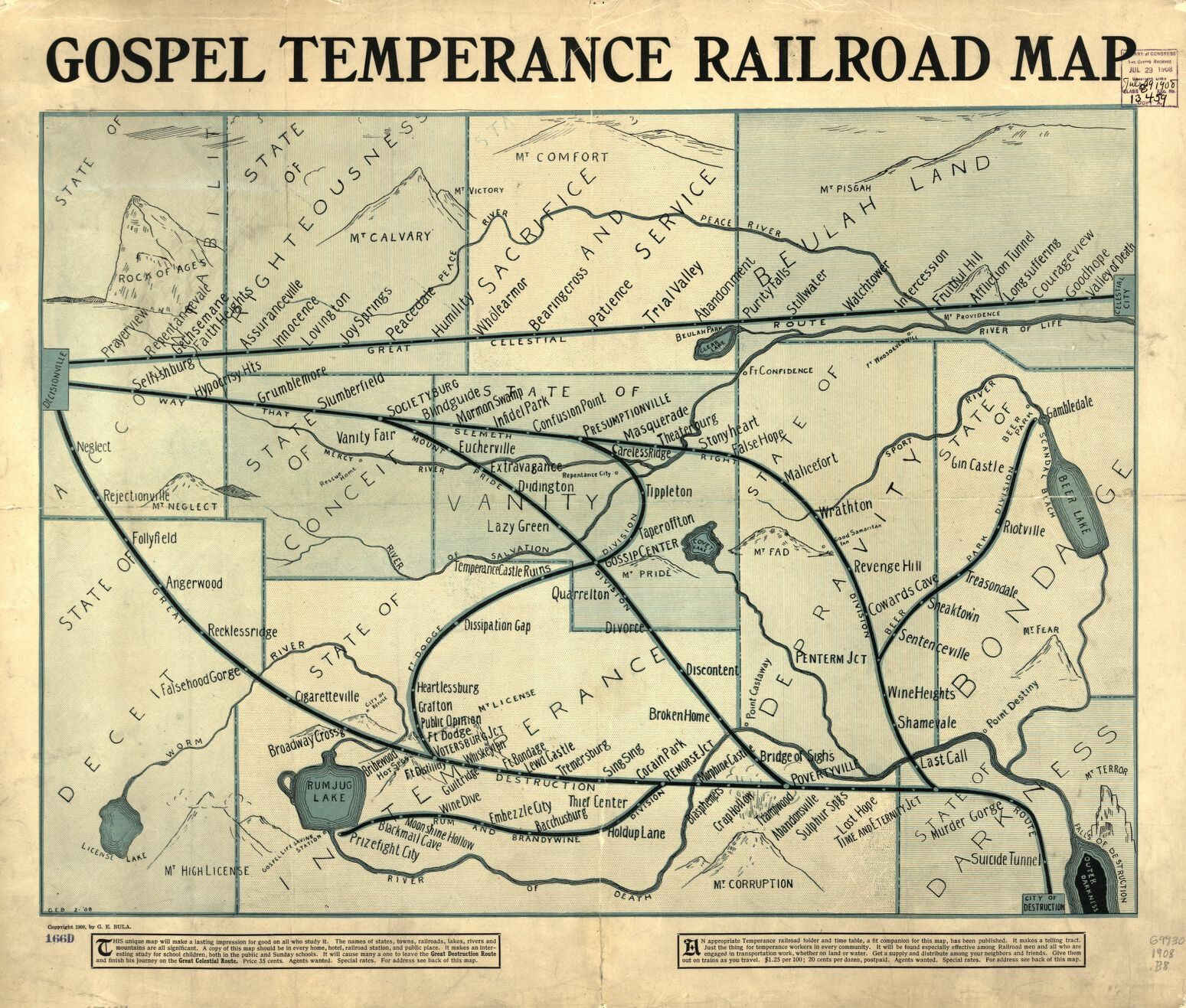While working on his chemistry doctorate in 1947, Isaac Asimov was dissolving catechol in water when it occurred to him that if it were any more soluble it would dissolve before it even touched the surface. Amused by the idea, he invented a fictional substance called thiotimoline, one of whose chemical bonds projects forward into the future and another backward into the past. This makes the chemical “endochronic”: It starts dissolving before it makes contact with water. His first thought was to make this into a science fiction story.
It occurred to me, however, that instead of writing an actual story based on the idea, I might write up a fake research paper on the subject and get a little practice in turgid writing. I did the job on June 8, 1947, even giving it the kind of long-winded title that research papers so often have — ‘The Endochronic Properties of Resublimated Thiotimoline’ — and added tables, graphs, and fake references to non-existent journals.
John W. Campbell of Astounding Science Fiction accepted the article and agreed to publish it under a pseudonym, lest it alienate Asimov’s examiners at Columbia. In the end he published it under Asimov’s own name, but there was no harm done — the examiners joked about it at his defense and it even brought him some fame among chemists. He went on to write three short stories about the substance — which has taken on a rich existence in the hands of other authors.
(Isaac Asimov, “The Endochronic Properties of Resublimated Thiotimoline,” Astounding Science Fiction 41:1 [1948], 120-125. Thanks, Peter.)





